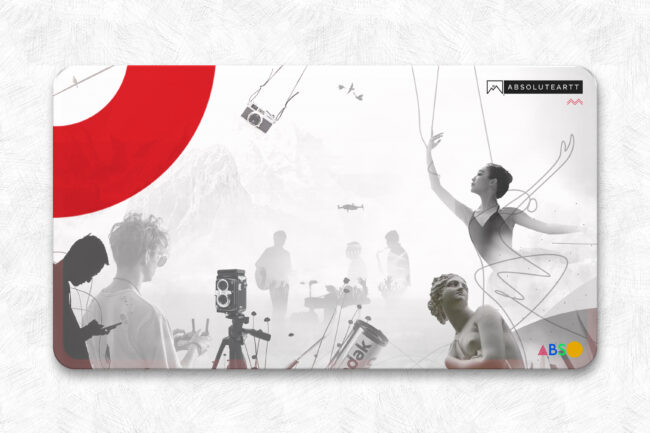Building an e-commerce website isn’t just about displaying products and adding a shopping cart. A truly successful online store blends design, psychology, and strategy — guiding visitors effortlessly from curiosity to checkout.
Below are the essential pillars that define a high-converting e-commerce experience.
1. Navigation and User Experience
Navigation is the backbone of user experience. A clean, logical structure helps customers find products quickly and confidently.
- Use clear categories and subcategories.
- Keep buttons large, legible, and easy to tap.
- Maintain visual consistency across all pages.
A frictionless experience keeps visitors engaged and increases the chances of conversion.
2. Mobile Responsiveness
Your website must feel natural on every device. Over half of online shoppers browse via smartphones, so design responsively.
- Adapt layouts for various screen sizes.
- Keep text readable and buttons comfortably spaced.
- Prioritize speed and simplicity for mobile users.
A responsive design ensures every visitor enjoys the same seamless shopping journey.
3. Speed and Performance
A slow website kills sales. Every second of delay reduces conversions and damages trust.
- Compress images without losing quality.
- Minimize unnecessary plugins or scripts.
- Implement browser caching and a reliable CDN.
Fast performance equals happier users and higher revenue.
4. Product Pages That Sell
Product pages are your digital storefront. They should inspire confidence and clarity.
- Use high-resolution, zoomable images.
- Provide detailed, benefit-driven descriptions.
- Display transparent pricing and availability.
Add social proof — ratings, reviews, and testimonials help turn browsers into buyers.
5. Smooth Shopping Cart and Checkout
Your checkout flow should feel effortless. A complex or confusing process often leads to cart abandonment.
- Simplify forms and reduce the number of steps.
- Offer guest checkout options.
- Display trust signals like SSL certificates and secure payment icons.
Every detail should reassure the buyer and make completion feel natural.
6. Building Trust and Credibility
Trust is currency in e-commerce. Without it, even the best design fails.
- Showcase verified customer reviews.
- Highlight clear shipping, refund, and return policies.
- Include recognizable trust badges and contact transparency.
When customers trust you, they spend more and return often.
7. SEO and Marketing Integration
Design and discoverability go hand in hand.
- Optimize product titles, meta descriptions, and image alt text.
- Build internal links that guide users deeper into your catalog.
- Combine SEO with social media and email marketing to drive consistent traffic.
A well-optimized website becomes a long-term sales engine.
Final Thoughts
E-commerce success is equal parts design, psychology, and trust. When you blend intuitive navigation, mobile responsiveness, fast performance, persuasive product pages, a smooth checkout, and credible branding — you create not just a store but an experience.
A well-crafted e-commerce website doesn’t just sell products. It builds relationships, loyalty, and growth.





